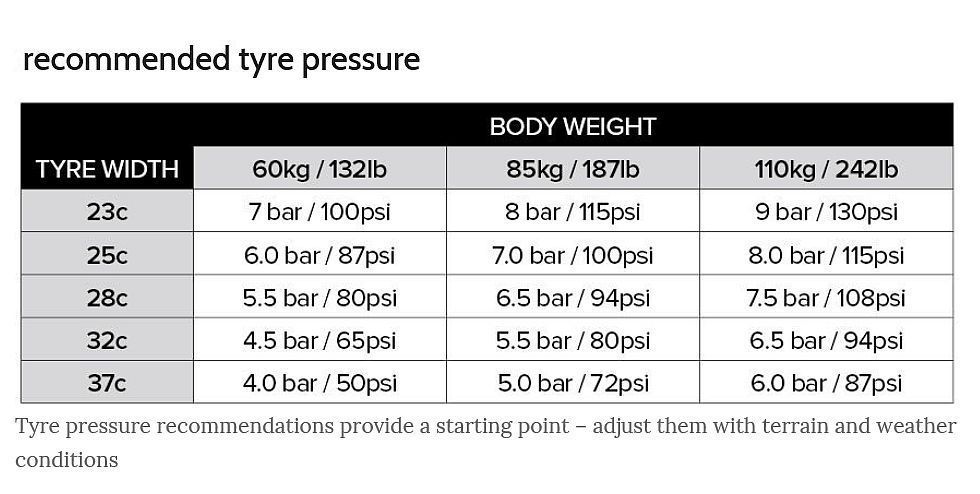Tire pressure affects the handling of your vehicle on slippery surfaces
The short answer: yes! Here’s how to make sure your tire pressure is always right in cold weather
Maintaining correct tire pressure not only ensures optimal traction and grip on any road surface, it also gives you more mileage for your fuel and even reduces CO
2 emissions. However, as soon as the temperature drops during cold winter months, it’s important to be vigilant of your tires’ inflation pressure. Once you‘ve prepared your car for winter and fitted it with winter tires, you also need to adapt your tire pressure checks to the seasonal conditions.
Let’s take a closer look at how cold weather affects air pressure and how you can effectively monitor it for maximum driving comfort.
When the temperature drops, tire pressure drops with it
As a rule of thumb, when the temperature decreases by 10°C, tire pressure drops between 0.07 to 0.14 bars or 1 to 2 pounds per square inch (PSI). Furthermore, if you live in or travel to a location where there is high elevation, tire pressure is further reduced with every added meter of altitude. For this reason, it’s important to regularly check and maintain all four of your tires’ inflation levels.
Not sure what your tire pressure should be? There are several places you can find it in your vehicle:
Inflating your winter tires according to your car manufacturer’s recommendation helps maintain good traction and handling on slippery icy surfaces, no matter the temperature change. Obviously, the same goes for all-season tires.
Obviously, the same goes for all-season tires.
In short, yes, you need to regularly check the inflation levels. As the temperature drops in cold weather, you might notice your TPMS symbol illuminating more often than usual – particularly in the morning when the air is cold. This is most likely due to the temperature dropping overnight, along with the bar or PSI level. However, this is no reason to become complacent when it comes to maintaining your wheels. You should check the air pressure at least every two weeks. In fact, while your tires might look fine, a tire can be under-inflated before it’s visibly noticeable! When checking your tire pressure, you can also take a minute to check the condition and tread depth of your winter tires.
If you live in a region where roads often get covered in ice and where studded tires are allowed or necessary in winter, maintaining the correct air pressure is just as important as it is for non-studded tires. Maintaining the correct levels will provide maximum performance and safety. Poor maintenance can lead to premature stud loss.
Maintaining the correct levels will provide maximum performance and safety. Poor maintenance can lead to premature stud loss.
As inflation tends to drop with the temperature in cold weather, it’s important to check tire inflation every two weeks. Here are some simple tips to help you check and adjust your tire pressure:
 Try make a habit of checking your tires every time you fill up.
Try make a habit of checking your tires every time you fill up.Yes, you typically need to inflate your tires in cold weather. As we'll explain, low temperatures often mean low tire pressure, and low tire pressure could mean dangerous driving conditions.
With the promise of holiday travel up ahead, it’s time to prepare! Firestone Complete Auto Care is here to help you drive safer with a quick lesson on cold weather and tire pressure.
First, a quick science lesson: when the temperature drops, molecules in the air move slower and huddle together. When the temperature increases, molecules move faster and farther away from one another!
When the temperature increases, molecules move faster and farther away from one another!
You can test this concept for yourself. Just set a basketball outside and wait! The ball will slightly deflate in the cold morning air, then re-inflate in the heat of the afternoon.
When this concept plays out inside your tires, it can affect your tire pressure.
That's because tires lose or gain 1-2 PSI (pounds per square inch) for every 10℉ change in temperature. So theoretically, your tires could lose 4 PSI over the weekend if the temperature drops by 20℉!
While your tire pressure should bounce back after the cold spell passes (assuming it does pass and your tires have no leaks or holes), low tire pressure shouldn't be ignored.
Low tire pressure can lead to:
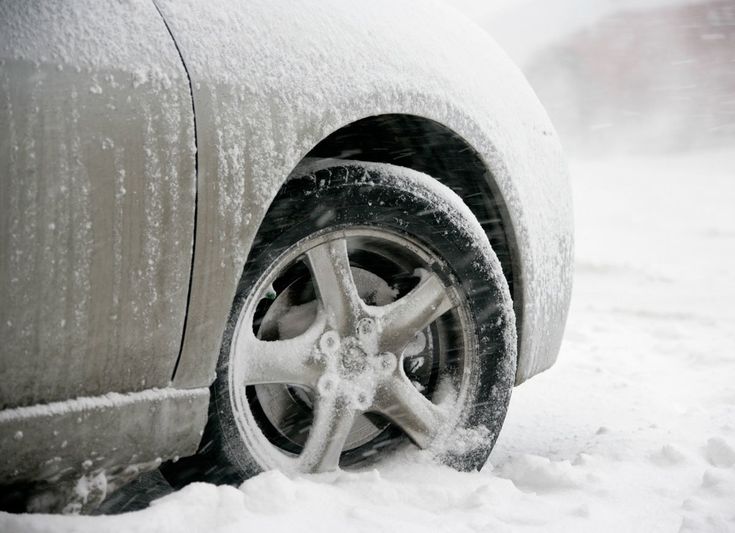 2% for every 1 PSI drop in the average pressure of all tires, notes the U.S. Department of Energy.
2% for every 1 PSI drop in the average pressure of all tires, notes the U.S. Department of Energy.A small decrease in tire pressure is hard for the naked eye to detect, but it can still have a big impact on your driving. Tires can lose pressure even when temperatures remain constant over the winter. To be safe, we recommend checking tire pressure every other time you visit the pump, and especially when your TPMS light pops on.
Here’s how:
You can find it written in your owner’s manual or on a sticker attached to your door jamb, glove box, or fuel hatch. Recommended tire pressure usually falls between 30-35 PSI for passenger cars. If you’re not sure, try our recommended tire pressure tool.
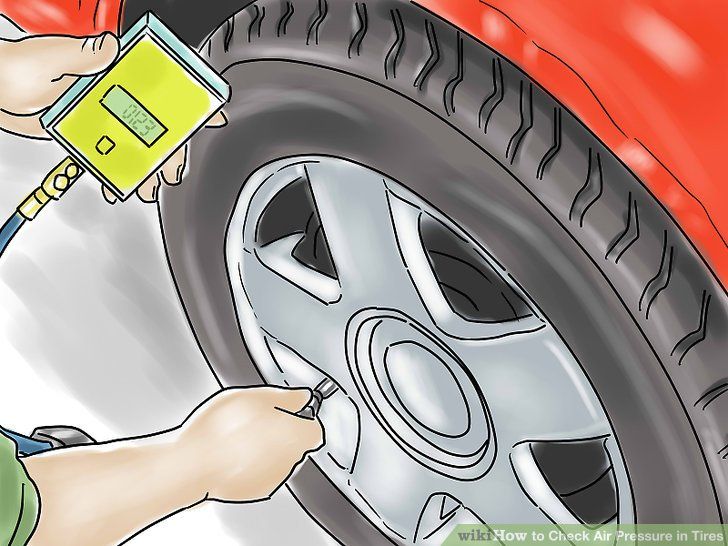 Check your tires before driving.
Check your tires before driving.Measure your tire pressure before driving, not after, for the most accurate reading. This practice is referred to as setting the cold tire pressure. If your recommended tire pressure is 32 PSI, that means 32 PSI before you put rubber to the road and the tires heat up.
Tire pressure gauges can be purchased for a few dollars at most big box retailers. "Pencil" style gauges are cheapest and have a little stick that pops out with the tire pressure reading. Digital tire pressure gauges are a bit more expensive but are extremely easy to use.
This is the little black, blue, green or silver screw-cap on your wheel's valve stem. It should be plainly visible from the outside of your car.
Follow the instructions that come with your tire pressure gauge. If there's a hissing sound when you insert the gauge, it may not be properly seated on the valve stem.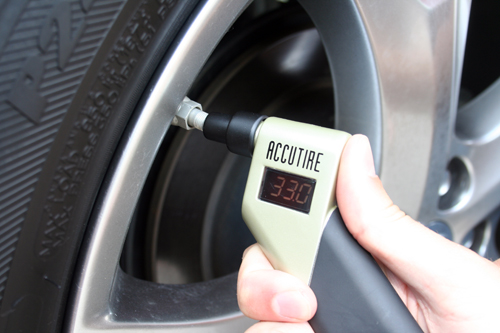 Re-adjust the angle of the gauge until the hissing stops. What's your tire pressure? Do your tires need to be inflated?
Re-adjust the angle of the gauge until the hissing stops. What's your tire pressure? Do your tires need to be inflated?
Repeat the process for each tire and note your tire pressure readings.
There's a good chance you'll need to inflate your tires in winter at least once. If your tire pressure is low, find your nearest air pump. Add air until you reach your recommended tire pressure, or visit your nearest Firestone Complete Auto Care and we'll inflate your tires for you.
If you need help with any of these steps, please don't hesitate to stop by a local Firestone Complete Auto Care. Summer or winter, sunshine or snow—our knowledgeable technicians will check the health of your tires, inflate them to the recommended pressure, and guide you in buying new tires if yours show an alarming degree of wear.
Car drivers > Useful information > Wheels > What should be the pressure in the tires of the car in winter and summer
Probably every motorist knows how important is the "correct" pressure in the tires of the car.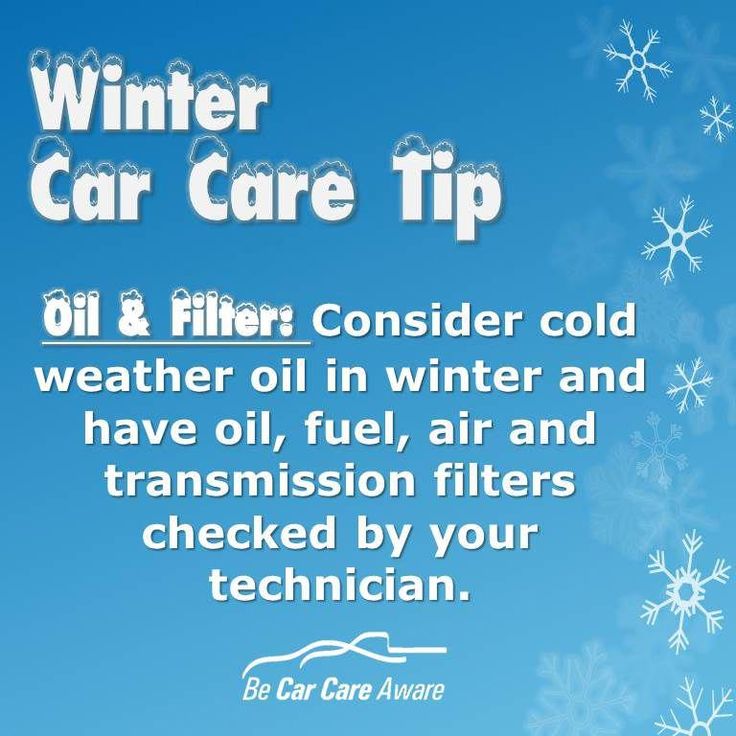 However, not everyone knows about the factors that affect tire pressure, as well as the features that must be taken into account when operating a vehicle.
However, not everyone knows about the factors that affect tire pressure, as well as the features that must be taken into account when operating a vehicle.
According to the popular opinion of motorists, tire pressure is affected only by the presence or absence of external damage to the tire or rim. However, in practice, there are a whole host of factors that, taken together, can lead to significant differences in indicators. In this article, we will try to cover all the nuances.
At first glance, this question is the simplest. Typically, tire pressure refers to the density of the air that is pumped into them using a compressor or pump. It, of course, has a pressure higher than in the surrounding atmosphere, and it is this difference that is the key to the performance of the wheel.
The advent of pneumatic wheels was perhaps the most important invention in the early days of the automobile industry. A tire inflated with compressed air made it possible to effectively smooth out road irregularities, ensure a high ride smoothness of the vehicle and dampen shock loads transmitted from the roadway to the structural elements of the car.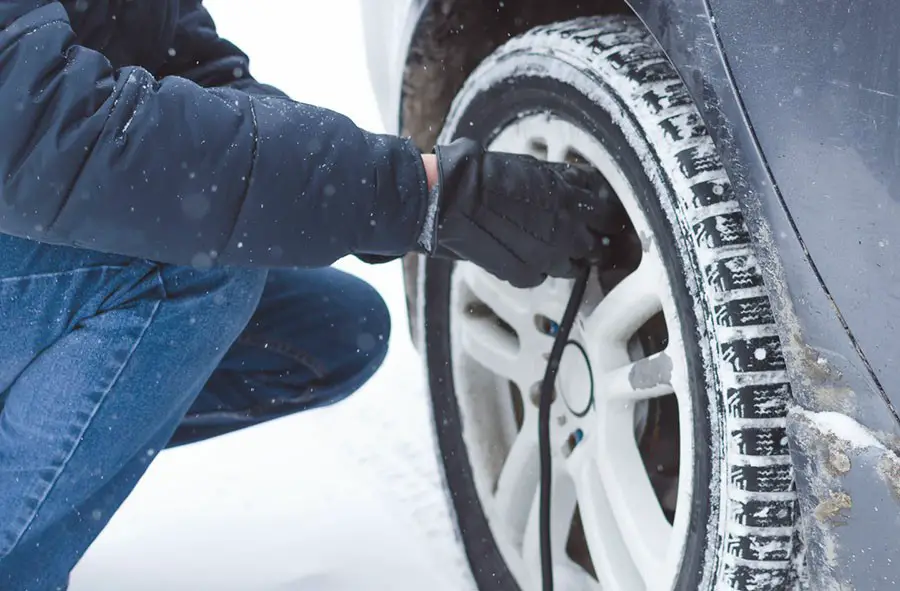
Video on the importance of maintaining the correct tire pressure:
Solid wheels could not provide this, and to this day there are no technologies capable of providing similar performance characteristics with the appropriate simplicity and low cost as pneumatic wheels.
As a matter of fact, right from the very beginning, when such wheels were used on vehicles, the engineers had a reasonable question about what tire pressure should be considered optimal for a particular car. And in the end it became clear that for each category of vehicles, such indicators will be very different.
So, what influences the choice of the optimal pressure in the tires of a car?
Perhaps this criterion is the main one, because the tire is designed to provide, first of all, the effective absorption of loads of various types - shock, vibration, etc.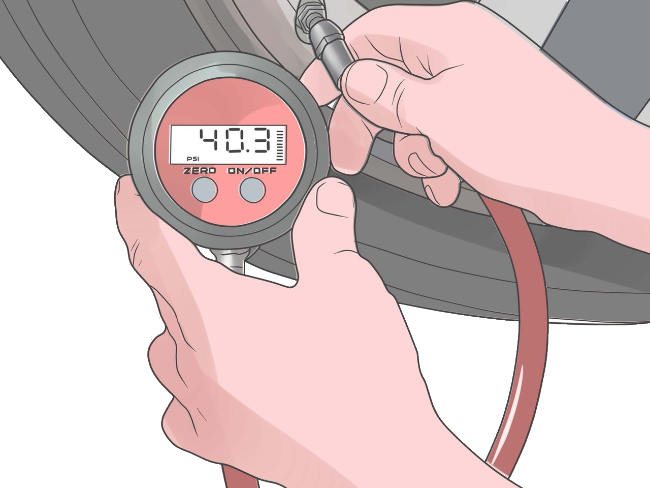
Everyone knows from the school physics course that gases tend to expand when heated, and at low temperatures - to reduce their pressure. Accordingly, the tire pressure must compensate for temperature fluctuations that occur during vehicle operation.
This statement does not only refer to the range of external operating temperatures, but also to the fact that the tire heats up when rolling. By the way, the difference in wheel temperature between a stationary and a moving vehicle is very significant, and it is very easy to check this - just touch the car wheel after a long trip. It turns out to be quite hot. In fact, this means that if the wheel is "pumped", in motion due to heating it can simply explode, which is very dangerous.
As you know, axle loads for any car are different, and quite significantly. The load distribution parameter is called weight distribution and, despite the fact that, from the point of view of optimal parameters, the best result is a weight distribution of 50x50, engineers cannot achieve this parameter even on sports cars with a central engine position within the wheelbase.
In practice, weight distribution can be influenced by many factors, including the number of passengers, load, etc. Accordingly, the load on the tires also varies over a very wide range.
Video - why measure tire pressure:
Considering all the mentioned characteristics, car engineers calculate the average tire pressure, which is designed to “balance” these criteria and ensure uniform performance across the entire range of operating loads.
Tire pressure is measured using a special device called a pressure gauge. It can be either mechanical or electronic, be a separate device or be included in the compressor package, but its function remains the same - an accurate measurement of the pressure created in the car wheel.
It goes without saying that a manometer, like any mechanism for precise measurements, has its own error.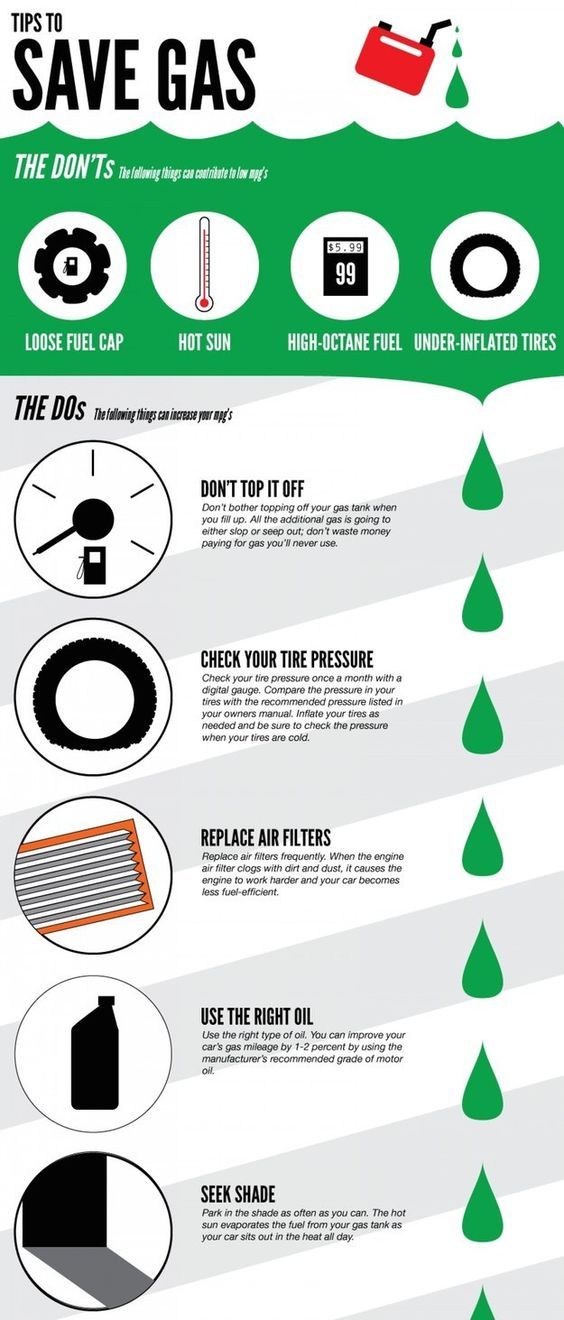 Its value is indicated on the body of the device, and the smaller it is, the more accurate the measurement made by the driver will be. At the same time, the car manufacturer also indicates the recommended tire pressure for a particular vehicle in the accompanying documentation. Many tire manufacturers also provide their own recommendations.
Its value is indicated on the body of the device, and the smaller it is, the more accurate the measurement made by the driver will be. At the same time, the car manufacturer also indicates the recommended tire pressure for a particular vehicle in the accompanying documentation. Many tire manufacturers also provide their own recommendations.
At first glance, everything is simple - the driver just needs to bring the tire pressure in line with the factory recommendations and maintain it at a given level. However, here we return to the fact that pressure is influenced by a number of factors, and the main one is temperature.
Video - what the wrong pressure in the tires of a car can lead to:
up to 2.5 atmospheres), with a decrease in temperature, we will get a pressure that is significantly lower. It is especially problematic to "catch" the correct pressure if the car is stored in a warm garage. As a result, the wheels, initially pumped up to the correct value, will change their physical properties during the trip, and when entering the heated box, the pressure will return to normal.
As a result, the wheels, initially pumped up to the correct value, will change their physical properties during the trip, and when entering the heated box, the pressure will return to normal.
The solution to this problem can be the option when the tires are inflated after a long parking of the car in the open air, or compensating inflation of the tire in the box. However, the question arises of how much the tire should be inflated in order for the tire pressure to be within the recommended range in winter. Let's try to analyze this situation using the examples of VAZ cars, which, as you know, have a wheel diameter of R13 or R14.
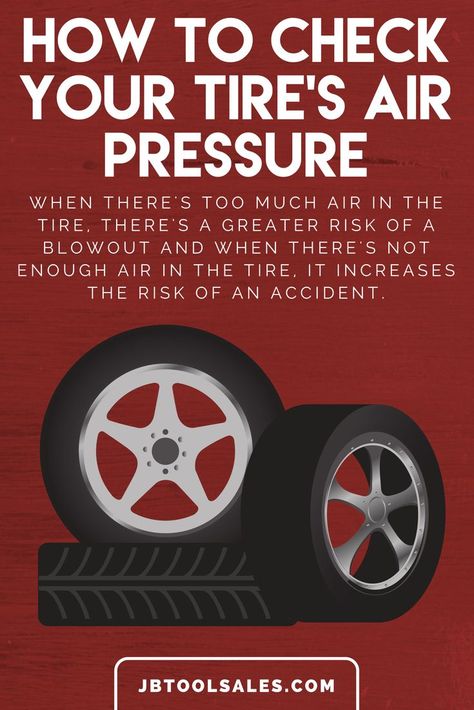 9
9 Despite the fact that we gave this example for popular VAZ models, a similar approach can be easily used for cars from other manufacturers.
You can also download the tire pressure table for cars of different brands - HERE (word file).
Very often, motorists underestimate the decrease in pressure in the tires of the car or their deviation from the manufacturer's standard recommendations.
In practice, the difference in tire pressure can lead to a deterioration in vehicle handling, increased tire wear, as well as a change in the balance of the vehicle when cornering.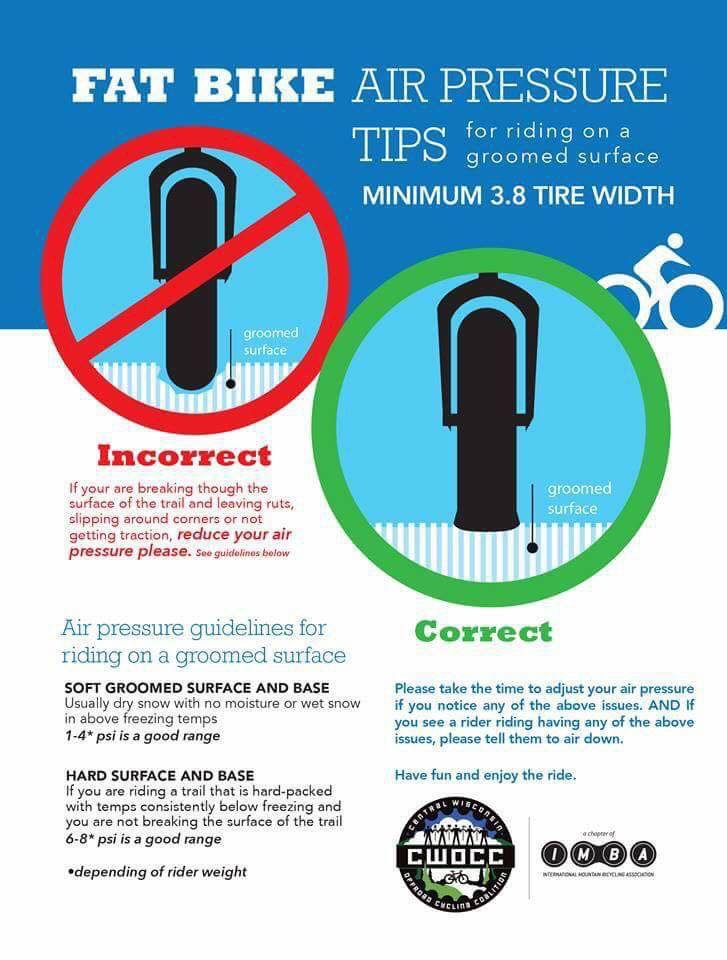
The fact is that tire pressure uniformity is an important aspect of proper vehicle weighting. The change in pressure is especially acute when driving on slippery surfaces and in winter can even lead to an increased “tendency” of the car to skid when cornering.
As already mentioned, not only reduced pressure can be dangerous, but also its increase. An over-inflated tire is often even more dangerous than an under-inflated one. This is due to the fact that the wheel loses its elasticity and the ability to effectively deal with shock loads from the coating.
As a result, driving a large bump at high speed can lead to an abrupt increase in pressure, which the tire will not be able to withstand. Thus, the wheel can explode in a relatively harmless traffic situation.
As you can see, it is imperative to monitor tire pressure. I would like to believe that this material will help you and answer questions that may arise during the operation of the vehicle.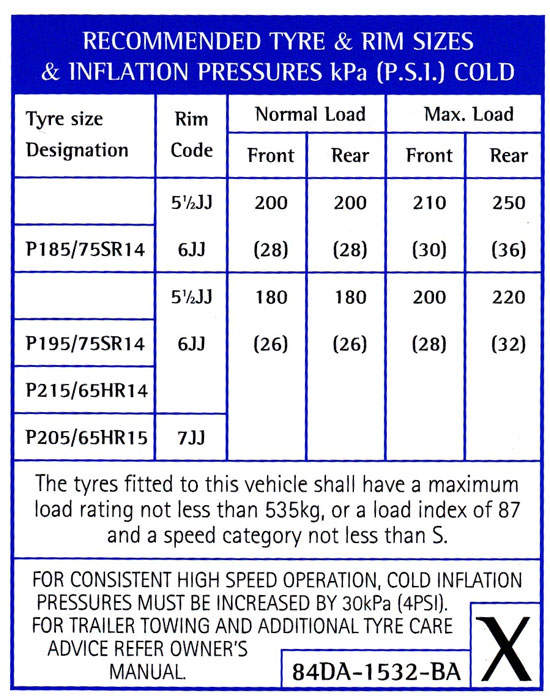
If you don't know the address where the impound lot is located, how can you find out where the car is and where you can call?
After reading this article, you will find out whether it is possible to mix different brands of antifreeze.
Principle of operation https://voditeliauto.ru/poleznaya-informaciya/to-i-remont/gidrokompensator-klapanov-chto-eto-takoe.html hydraulic valve compensator.
Video - the driver's opinion about what tire pressure should be in winter:
Most front-wheel drive vehicles (both domestic and foreign) can be fitted with rims with a radius of R13 - R16. However, R13 and R14 wheels are almost always included in the basic package. The value of the optimal pressure in the tires of the car is selected according to its mass at full load. In this case, the climatic and road conditions in which the vehicle is operated must be taken into account.
However, R13 and R14 wheels are almost always included in the basic package. The value of the optimal pressure in the tires of the car is selected according to its mass at full load. In this case, the climatic and road conditions in which the vehicle is operated must be taken into account.
 Because of this, the braking distance is significantly increased and the safety of the vehicle operation is reduced;
Because of this, the braking distance is significantly increased and the safety of the vehicle operation is reduced; Most owners of vehicles with R13 and R14 wheels (the most common radius values) are interested in: what should be the optimal pressure in the tires of a car? According to the recommendation of the manufacturer of the tire of the thirteenth radius, it is necessary to inflate to 1.9kgf/cm 2 , and R14 wheels up to 2.0 kgf/cm 2 . These parameters apply to both front and rear wheels.
In principle, it is necessary to maintain the same tire inflation both in summer and winter.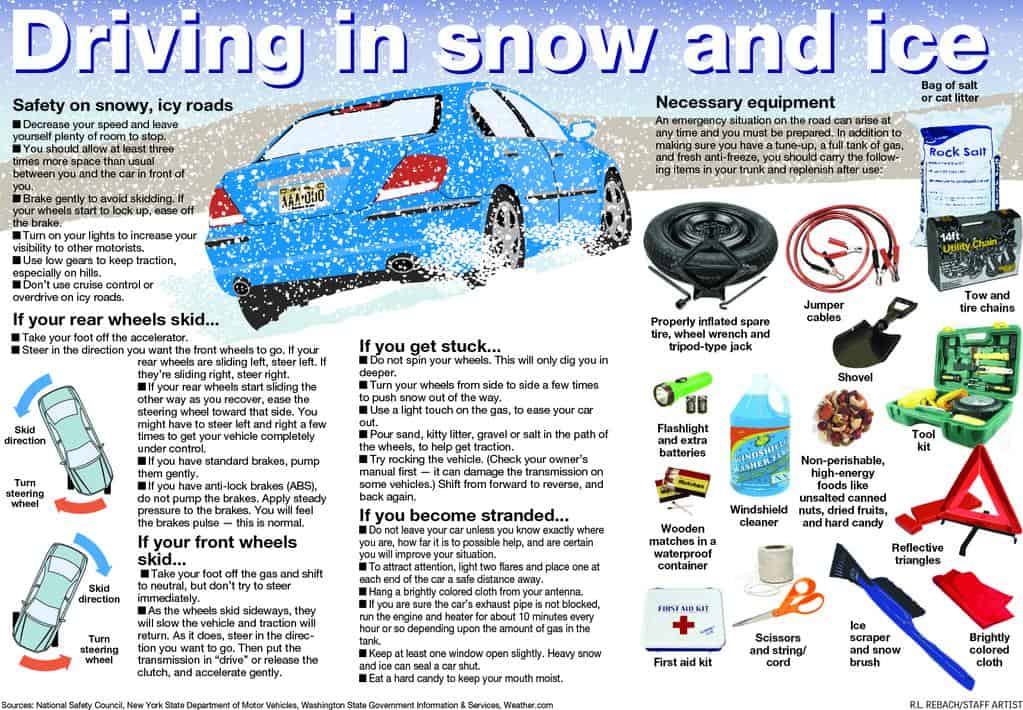 However, it is recommended not to inflate the tires slightly in winter. This is required for:
However, it is recommended not to inflate the tires slightly in winter. This is required for:
You also need to know that with a sharp change in temperature (for example, after the car left the warm box in the cold), due to some physical properties, a decrease in tire pressure occurs.
Therefore, before leaving the garage in winter, it is imperative to check the tire pressure and, if necessary, pump them up. Do not forget about the constant monitoring of pressure, especially when the temperature changes and in the off-season.
The recommended R13 tire pressure for summer is 1.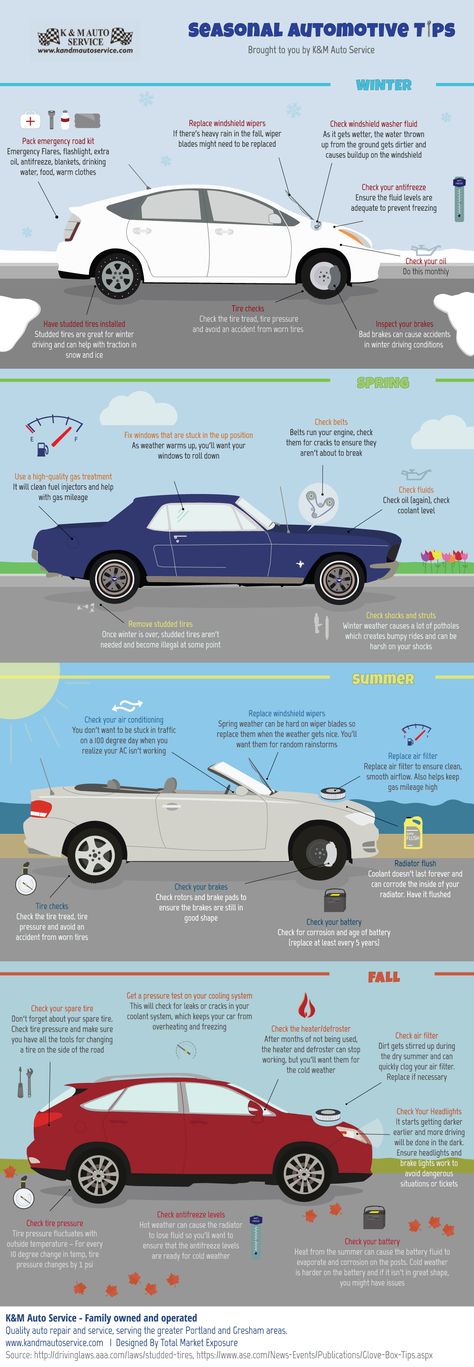 9 atm., this value is calculated taking into account that the car will be half loaded (driver and one or two passengers). When the vehicle is fully loaded, the pressure of the front wheelset must be increased to 2.0-2.1 atm, and the rear - up to 2.3-2.4 atm. The spare tire should be pumped up to 2.3 atm.
9 atm., this value is calculated taking into account that the car will be half loaded (driver and one or two passengers). When the vehicle is fully loaded, the pressure of the front wheelset must be increased to 2.0-2.1 atm, and the rear - up to 2.3-2.4 atm. The spare tire should be pumped up to 2.3 atm.
Unfortunately, the road surface is by no means ideal, so most motorists specifically prefer not to inflate the wheels a little. Because thanks to this, all the bumps and flaws in the road are not so felt when driving. Often in the summer, the pressure in the wheels is reduced by 5-10%, and with the onset of winter, this figure increases slightly and amounts to 10-15%. When driving on smooth roads, it is best to maintain the tire pressure recommended by the manufacturer.
Taking into account all factors, a tire pressure table is built.
| Disc size and radius | Pressure in tires, kgf/cm 2 | ||
| 175/70 R13 | 1.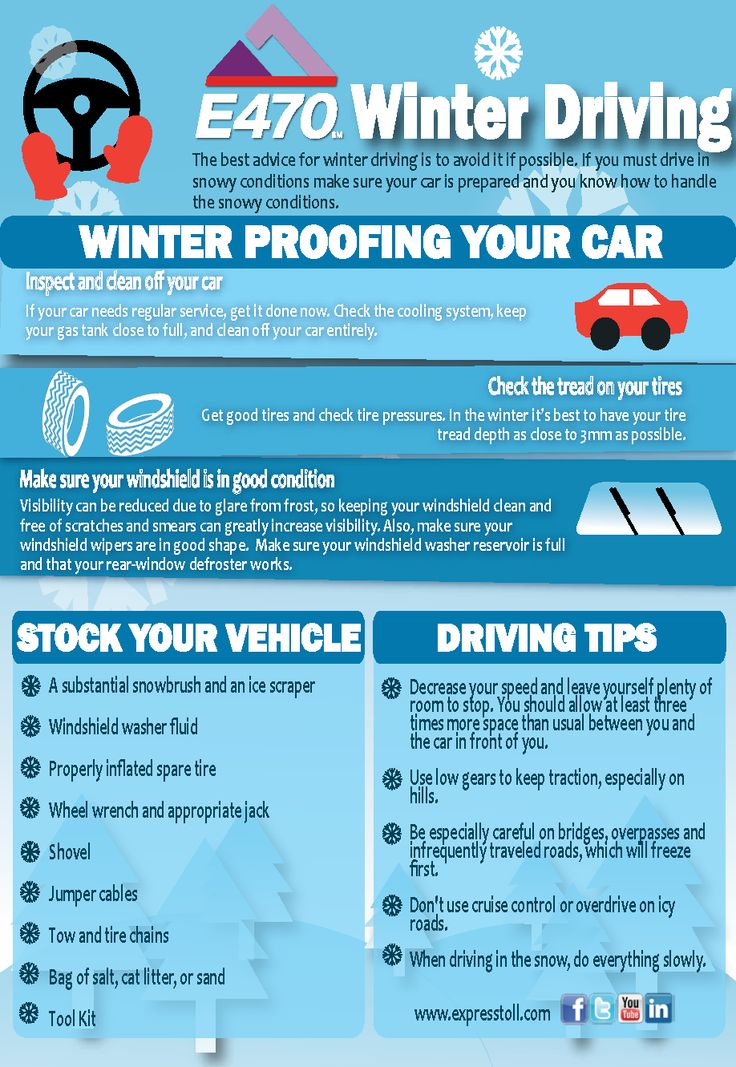 9 9 | ||
| 175/65 R13 | 9007 9 | 175/65 R14 | 2.0 |
| 185/60 R14 | 2.0 |
Despite the fact that most domestic and foreign cars have wheels with a maximum radius of R14, most owners, to improve the appearance of their vehicle and improve some of its characteristics, install wheels with a larger radius (R15 and R16). Therefore, it is necessary to know what should be the optimal pressure in tires of this size?
Here, too, everything depends on how much the machine is loaded. When it is half loaded, the tire pressure threshold should not exceed 2.0 kgf / cm 2 , at full load this value is already 2.2 kgf / cm 2 . If a large amount of various heavy luggage is transported in the luggage compartment, the pressure in the rear wheelset must be increased by another 0.2 kgf / cm 2 . As you can see, the pressure in tires of the fourteenth radius is approximately equal to the pressure in R15 and R16.
Alas, even most experienced drivers completely ignore the procedure for monitoring the pressure of the car's wheels, considering this procedure to be absolutely useless. Checking tire pressure is carried out using a pressure gauge, which can be integral with the pump, or be a separate element. Do not forget that the error of any pressure gauge is usually 0.2 kgf / cm 2 .
Pressure measurement sequence:
This procedure should be performed monthly if the vehicle is used regularly. Measurement should be done before leaving, when the rubber is not yet warmed up. This is necessary to accurately determine the readings, since after warming up the tires, the air pressure inside them increases.